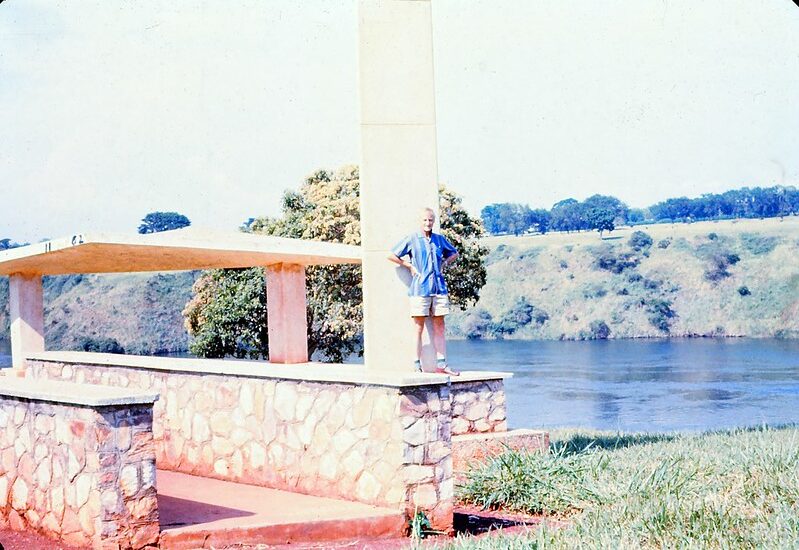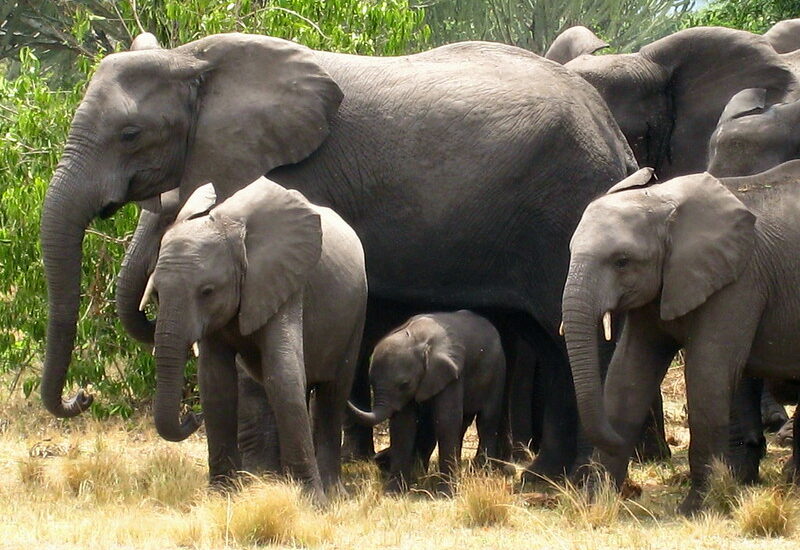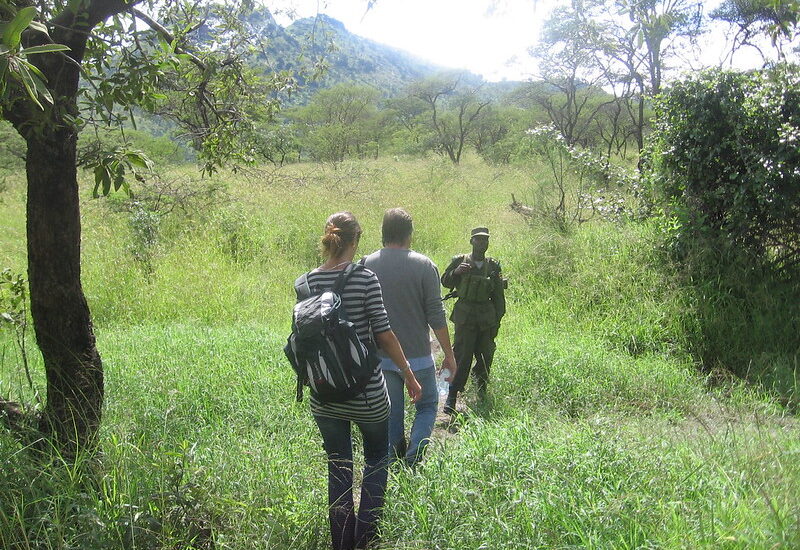Speke Memorial Monument in Jinja Uganda – Source of the Nile visit. Monument to Speke…
Gorilla tracking tours from Bukoba border Masaka
Gorilla tracking tours from Bukoba border Masaka – Uganda-Tanzania gorilla safaris.
Exploring the Bukoba Boader in Search of Gorillas Travelers who wish to combine a Tanzania safari with an adventure in Uganda can be picked up at the Bukoba border and taken on a road trip to Bwindi Impenetrable National Park and Mgahinga Gorilla National Park. The town of Masaka is 170 km away, Mwanza is 179 km away, and Serengeti National Park is 215 km away via the Sirari/Mbeya road.
Mgahinga Gorilla National Park
You should consider visiting Mgahinga Gorilla National Park on your next visit to Uganda, the Pearl of Africa. It was formed in 1991 and is one of the most unique national parks in the country. At little over 33.7 square kilometers, the National Park is the smallest wildlife preserve in all of Uganda.
Exploring the wonders of gorilla hiking
The Mountain Gorilla Tracking Experience is a once-in-a-lifetime opportunity for guests of Mgahinga Gorilla National Park. Roughly three quarters of the world’s tourists come to this rainforest just to go on mountain gorilla tracking expeditions.
You may visit Mgahinga National Park in Uganda to follow the endangered Mountain Gorillas, which is the second gorilla destination in the country after Bwindi Impenetrable Forest National Park. Those interested in gorilla tracking may visit this national park to see the Nyakagezi habituated gorilla family, which is the only one that is prepared to welcome humans.
Adventures in Nature and Climbing Volcanoes
You may go on guided nature walks and hiking expeditions in the dense forest at Mgahinga Gorilla National Park. The Sabyinyo gorge is a great place to go birding, and if you’re lucky, you could even see a Rwenzori Turaco. The walks in this national park typically last about four hours and pass through Rugezi, a great place for birdwatching.
![]()
You may also explore the various vegetation zones along the Congo borders on these walks, and you’ll get a good look at a few calderas. You may also see some amazing animals, such the uncommon golden monkeys in the bamboo forest.
Meeting of cultures
It would be a shame to leave the National Park without seeing the Batwa people (pygmies) or another ethnic community after seeing the mountain gorillas. Experience the rich culture of the Batwa people as you embark on a cultural exploration with them. Learn about their ancient lifestyle as you enter a breathtaking cave. You will never want to leave, instead opting to return to this incredible destination.
Inaccessibility of Bwindi national park
Towards the southern tip of Uganda, on the outskirts of the Rift Valley, is Bwindi Impenetrable National Park. One of the most ancient and ecologically varied rainforests in Uganda, covering its mist-covered slopes, has been there for over 25,000 years and is home to around 400 plant species.
Notably, this “impenetrable forest” also serves as a sanctuary for around 400 mountain gorillas, which is equivalent to over half of the global population. Among them, there are many habituated groups that may be monitored.
Searching for gorillas
Gorilla tracking in BINP may be done in four different areas: Buhoma, Ruhija, Rushaga, and Nkuringo. About 18 families call each of the four spots home as of the end of 2018. To go tracking, you must first purchase a tracking permit, which may be done via a reliable travel agency or by calling the reservations office at the Uganda Wildlife Authority (UWA) headquarters. Up to two years’ worth of permits may be pre-paid.
Participants must be at least 15 years old, and there is a daily cap of 8 guests permitted to see the gorillas for an hour. While they’re among the gorillas, they’ll have the company of UWA guides. Determining the duration of tracking the gorillas may range from a few hours to a whole day, dependent upon the distance covered by the group since it was seen nesting the night before.
Exploring the beauty of birds on a trip
There are 350 species of birds reported in Bwindi, Uganda’s oldest forest. Of these, 23 are endemic (meaning they are unique to the Albertine Rift), including the Blue-headed Sunbird and the Short-tailed Warbler. Seven of these species are classified on the IUCN Red Data list. Birds such as the Red-headed Bluebill, African Blue and White-tailed Blue Flycatchers, Common Bulbul, and African Emerald Cuckoo are easy to see.
Cultural walks in Batwa
As part of the Batwa cultural experience experiment, visitors have the opportunity to explore the Nyamugali Pocket woodland, a conserved woodland that is home to a variety of animals and birds, including albertine endermic bird species, black and white Columbus monkeys, duikers, and more.
Animals from Bwindi Impenetrable Forest are unable to access this area because of the tea plantation that serves as a buffer zone between it and the national park. In this trial, you will have the opportunity to immerse yourself in the Batwa culture while staying in a forest.
Accompanied by an English translator, you will be shown various Batwa art crafts and utensils, as well as medicinal herbs, caves, original Batwa huts, how to make a fire, how to behave in the forest, various tree species, beekeeping, and nature walks through an uninterrupted virgin forest, among many other things.
The Munyaga Waterfall Walk
The Buhoma sector, which is part of Bwindi Impenetrable National Park and is ideal for hiking mountain gorillas, is home to the Munyaga waterfalls. After inspiring their imaginations with the rare mountain gorillas, enthusiastic hikers may take a stroll or climb to these stunning waterfalls.
The trails leading to Munyaga waterfalls wind through verdant jungle and partly bush track, crossing rivers on log bridges. Those who like hiking or just being outside on safari in Uganda will find that the 9-kilometer trek in Bwindi National Park is well worth the effort.
The walks begin in the Buhoma region along the River Ivi Nkuringo route and are accompanied by trained park rangers. You will be astounded by the breathtaking scenery as these three-tiered waterfalls plunge 33 meters below. Incredible views of diverse monkeys, birds, and distinctive vegetation are further prizes for hikers who make it to Munyaga waterfalls.
Visit Bwindi Impenetrable National Park at the right time
January–February, June–July–August–September–December are the best months to go gorilla trekking. There are periods when it doesn’t rain at all or very little in certain places.
There is a huge demand for gorilla permits in the months of May and June, yet one visitor nonetheless choose those months for gorilla trekking.For gorilla tracking trips departing from Bukoba border Masaka, get in touch with Monumental Expeditions and Safaris.


